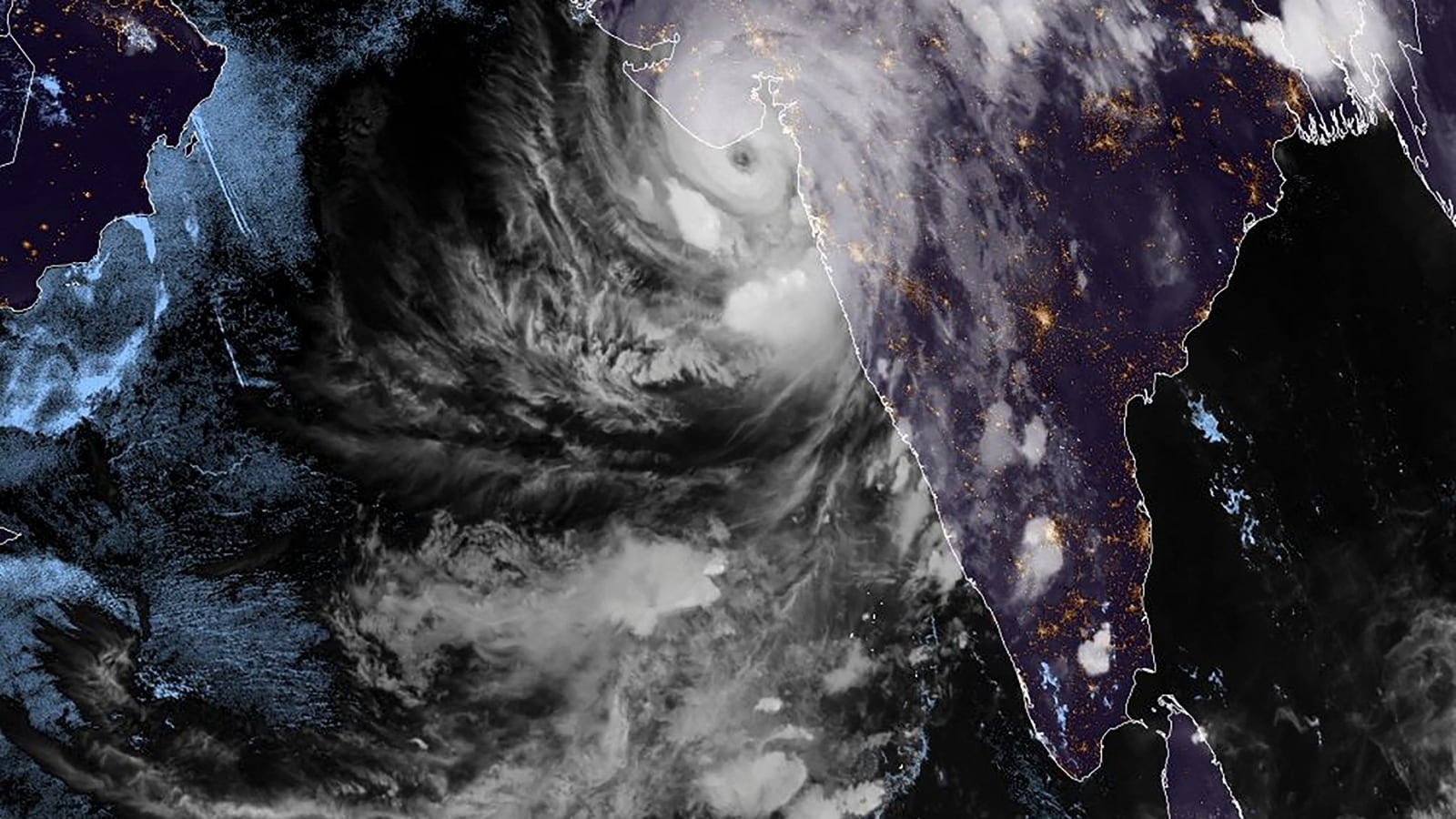“Cyclone Tauktae” (pronounced as Tau’Te) would lose its meaning in front of a non-Burmese crowd. However, the cyclone name given by Myanmar, in Burmese, refers to a gecko, a highly vocal lizard known for its distinctive vocalizations.
Cyclone names like the current one, Tauktae, are not picked out from thin air. Instead, a due process is followed to name the cyclones. They have come a long way from being lovers’ names to an alliance between nations.
According to folklores, in earlier days, the sailors named cyclones after their lovers. Later, to systematically record cyclones, different countries adopted different methods to label them. In Australia, they were named after corrupt politicians from the continent, whereas in America, the authorities started naming them after people’s names. Some countries also used names of local flora and fauna for the cyclones to go by.
Although dissolved in 2004, it was only from 1953 that the Miami National Hurricane Centre and the World Meteorological Organization had started naming the cyclones. In 2004, the WMO dispersed the responsibility of naming cyclones on individual nations. The Indian Meteorological Department (IMD) is among six regional specialised meteorological centers in the world that have been mandated to name tropical cyclones in the north Indian Ocean region.
Following this notification, India invited eight countries to come together and pitch in names for the cyclones. The eight already-existing countries of Myanmar, Thailand, Pakistan, Maldives, Bangladesh, Sri Lanka, and Oman were joined by Iran, Qatar, Saudi Arabia, UAE, and Yemen recently in 2018. These thirteen countries pool in thirteen names each, resulting in 169 different names. These 169 names are then used alphabetically as and when a cyclone is detected. The names given by India include names like Megh, Vayu, Gati, Tej, Marasu, Aag, and Neer.
Tauktae’s landfall process of the eye hitting the Gujarat coast in the Saurashtra region between Diu and Una ended around midnight, the India Meteorological Department said on Tuesday. The IMD also announced that the cyclone has weakened into a ‘severe cyclonic storm’ from the ‘extremely severe cyclonic storm’.





